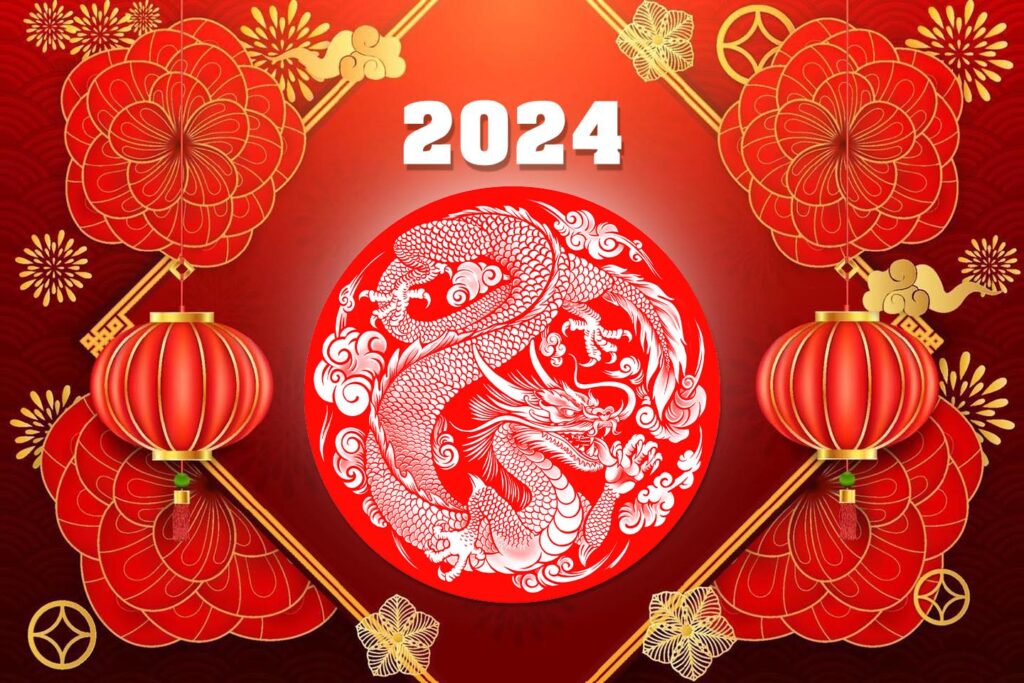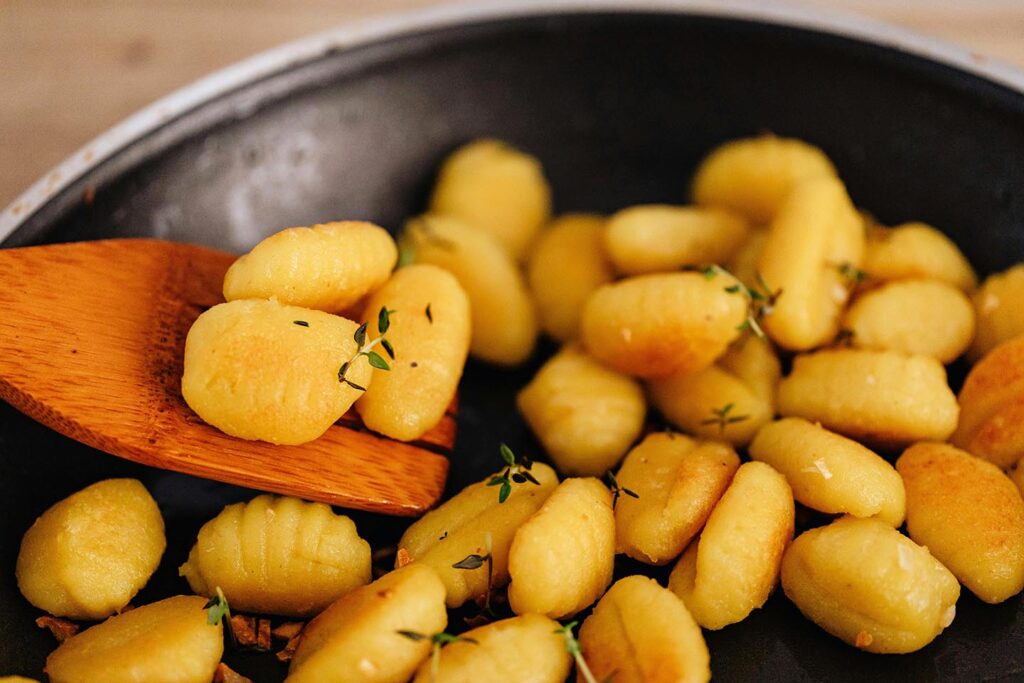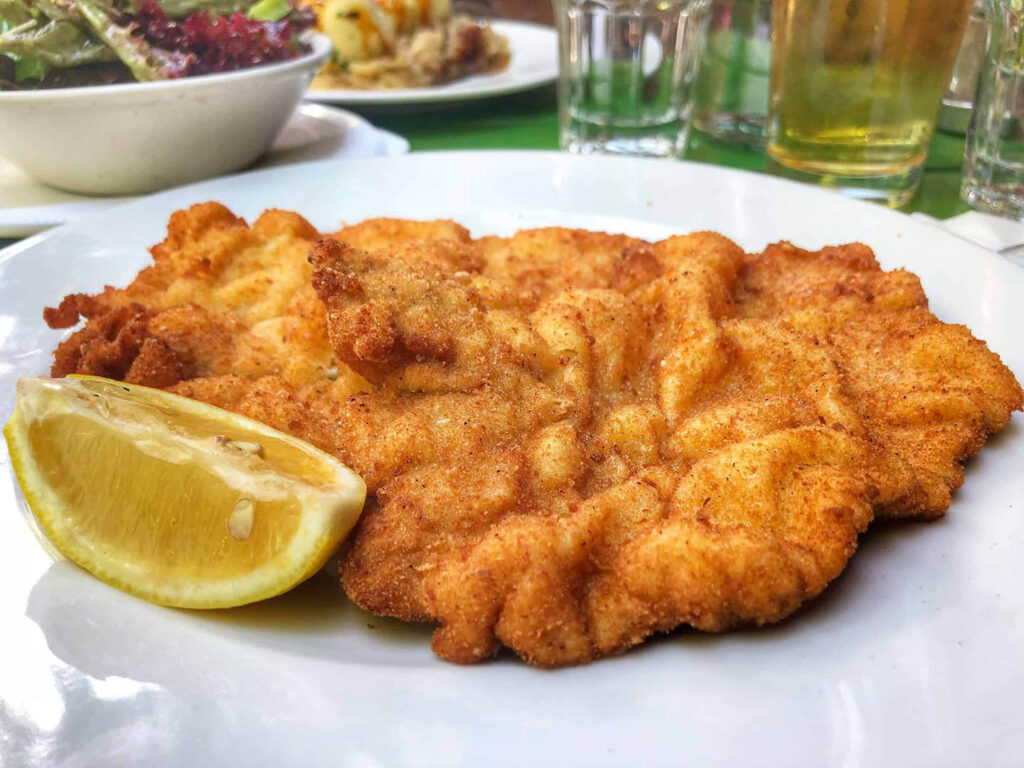
The Chinese New Year, also known as the Spring Festival or Lunar New Year, is based on the lunar calendar, so the date varies each year. Last year we wrote about Chinese New Year, what the celebration means, and what the year of the Rabbit tends to bring. This year, on January 22, we begin the Year of the Dragon. What does the Year of the Dragon bring?
The Dragon is traditionally seen as a symbol of strength, power, and good fortune. Those born under this sign are often considered to be ambitious, charismatic, and natural leaders. The energy of the Dragon is associated with vitality, enthusiasm, and a pioneering spirit. People born in the Year of the Dragon are believed to be destined for success and are often seen as dynamic individuals with the ability to achieve great things. The Year of the Dragon is considered particularly auspicious and is associated with good luck and prosperity. It is believed that individuals born in this year will experience blessings and favorable opportunities. The Dragon is also a symbol of imperial power and is often depicted in traditional Chinese art and folklore as a benevolent and majestic creature.
What foods should you eat while you celebrate the Chinese New Year?
Chinese New Year is a time of joyous celebration, and the choice of foods plays a significant role in the festivities. Certain foods are considered particularly auspicious and are believed to bring good luck, prosperity, and happiness.
Here are some of the most popular traditional Chinese New Year foods:
- Fish (鱼 – yú): Serving a whole fish symbolizes abundance and prosperity. The word for fish, “yú,” sounds like the word for surplus or abundance in Chinese, making it a popular dish.
- Dumplings (饺子 – jiǎozi): Dumplings are a symbol of wealth because they are shaped like ancient Chinese money. Families often gather to make and eat dumplings together during the New Year celebrations.
- Spring Rolls (春卷 – chūnjuǎn): Spring rolls are associated with wealth and prosperity because they resemble gold bars. They are often filled with a mixture of vegetables, meat, or seafood and fried until crispy.
- Nian Gao (年糕): Also known as rice cakes, nian gao symbolizes the promise of a better year. The word “nian” means “year,” and “gao” sounds like “tall” or “high,” signifying growth, progress, and the promise of a better future.
- Tangerines and Oranges (橙 – chéng, 桔 – jú): These fruits are associated with wealth and good luck. The Chinese words for tangerine and orange sound like “luck” and “wealth,” respectively.
- Longevity Noodles (长寿面 – chángshòu miàn): Long noodles are a symbol of longevity and are typically served uncut. It’s considered lucky to eat the noodles without breaking or biting them.
- Glutinous Rice Balls (汤圆 – tāngyuán): These sweet rice balls symbolize family reunion and are often enjoyed during the Lantern Festival, which marks the end of the Chinese New Year celebrations.
- Good Fortune Fruit (吉祥果 – jíxiáng guǒ): Certain fruits, such as pomelos and kumquats, are considered lucky. Their round shape and golden color symbolize fullness and wealth.
- Laba Congee (腊八粥 – làbā zhōu): Consumed on the eighth day of the twelfth lunar month, Laba Congee is a dish made with mixed grains, beans, and dried fruits. It symbolizes the end of the harvest season and the beginning of the Chinese New Year preparations.
These foods are delicious and carry deep cultural significance, making them an integral part of Chinese New Year celebrations. Keep in mind that specific traditions, festivals, and dishes vary across different regions and communities.
What are your favorite Chinese New Year foods? Let us know in the comments!



